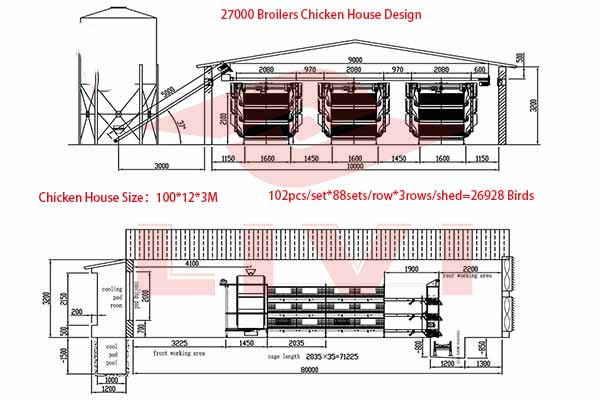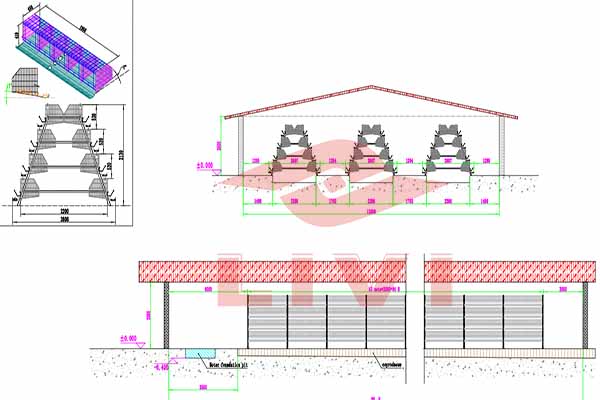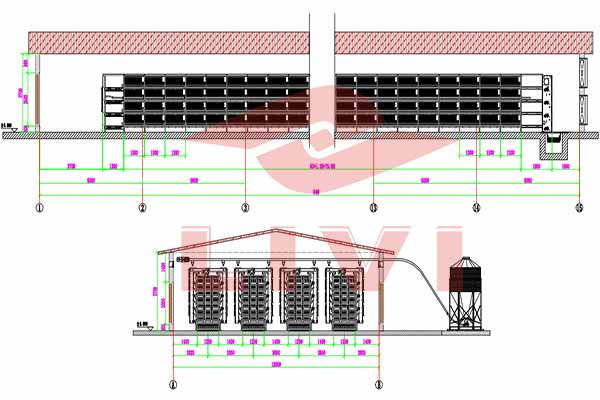Optimizing Layer Cage Equipment for 180,000 Chickens in Zambia
Understanding the Scale of Poultry Farming in Zambia
Zambia, a country in Southern Africa, has seen a significant growth in the poultry industry, especially in the layer sector. With an increasing demand for eggs, farms are scaling up their operations. One such farm aims to house 180,000 chickens, requiring specialized layer cage equipment. This article delves into the key considerations for such a project.
Key Components of Layer Cage Equipment
For a farm housing 180,000 chickens, the following components are crucial for efficient operation:
- Cage Design: The design should ensure proper ventilation, feeding, and waste management. It should also allow for easy access for cleaning and maintenance.
- Cage Capacity: Each cage should be designed to accommodate the specified number of chickens, ensuring optimal space and comfort.
- Feeding System: An automated feeding system is essential to ensure consistent nutrition and reduce labor costs.
- Watering System: A reliable and efficient watering system is vital for maintaining chicken health.
- Environmental Control: Equipment for temperature control and humidity management is necessary to create a conducive environment for chicken growth.
Benefits of Investing in Quality Equipment
Investing in high-quality layer cage equipment offers several benefits:
- Increased Productivity: Efficient equipment can lead to higher egg production rates.
- Reduced Labor Costs: Automation can minimize the need for manual labor, thereby reducing costs.
- Improved Animal Welfare: Properly designed cages enhance the comfort and health of the chickens.
- Better Egg Quality: High-quality equipment can contribute to the production of better-quality eggs.
Case Study: Successful Layer Cage Setup in Zambia
A recent case study in Zambia involved setting up a layer cage system for 180,000 chickens. The farm implemented the following strategies:
- Professional Consultation: Engaging with poultry experts helped in selecting the right equipment and design.
- Quality Materials: Using high-quality materials ensured the longevity and reliability of the equipment.
- Regular Maintenance: Implementing a maintenance schedule kept the equipment in optimal condition.
The result was a successful farm operation with increased egg production and reduced operational costs.
Conclusion
Investing in layer cage equipment for a farm housing 180,000 chickens in Zambia requires careful planning and consideration. By focusing on quality equipment, farms can improve productivity, reduce costs, and enhance animal welfare. If you are considering a similar project, Livi Mechanical offers free poultry farm design solutions and equipment quotations. Contact us today to get started on your journey to a successful poultry farming operation.





